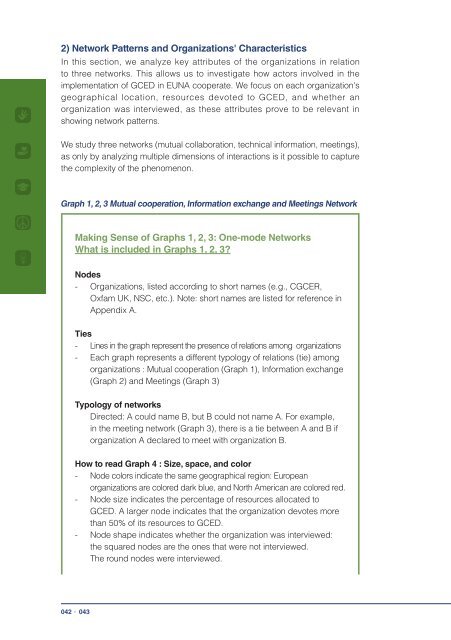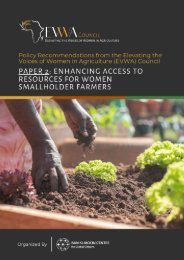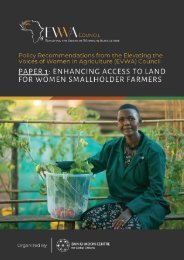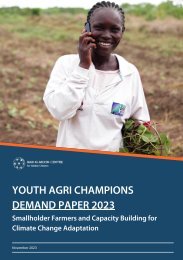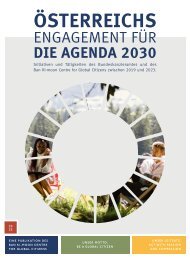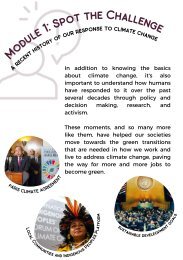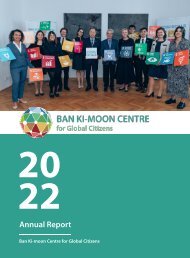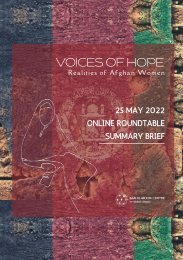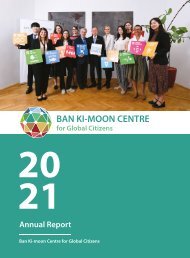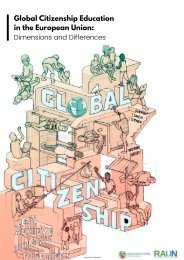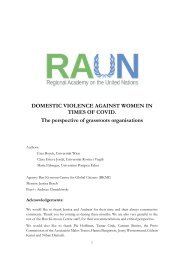Europe and North America Regional GCED Network
The report “Europe and North America Regional GCED Network” is based on a research project funded by Asia-Pacific Centre of Education for International Understanding (APCEIU) and Ban Ki-moon Centre for Global Citizens (BKMC) led by Lynette Shultz (Centre for Global Citizenship Education and Research, University of Alberta) and Massimiliano Tarozzi (International Research Centre on Global Citizenship Education, University of Bologna) as Principal Investigators. The research team was composed of Carrie Karsgaard and Carla Inguaggiato, with the support of Kester Muller and Francis Owusu.
The report “Europe and North America Regional GCED Network” is based on a research project funded by Asia-Pacific Centre of Education for International Understanding (APCEIU) and Ban Ki-moon Centre for Global Citizens (BKMC) led by Lynette Shultz (Centre for Global Citizenship Education and Research, University of Alberta) and Massimiliano Tarozzi (International Research Centre on Global Citizenship Education, University of Bologna) as Principal Investigators. The research team was composed of Carrie Karsgaard and Carla Inguaggiato, with the support of Kester Muller and Francis Owusu.
Create successful ePaper yourself
Turn your PDF publications into a flip-book with our unique Google optimized e-Paper software.
2) <strong>Network</strong> Patterns <strong>and</strong> Organizations' Characteristics<br />
In this section, we analyze key attributes of the organizations in relation<br />
to three networks. This allows us to investigate how actors involved in the<br />
implementation of <strong>GCED</strong> in EUNA cooperate. We focus on each organization's<br />
geographical location, resources devoted to <strong>GCED</strong>, <strong>and</strong> whether an<br />
organization was interviewed, as these attributes prove to be relevant in<br />
showing network patterns.<br />
We study three networks (mutual collaboration, technical information, meetings),<br />
as only by analyzing multiple dimensions of interactions is it possible to capture<br />
the complexity of the phenomenon.<br />
Graph 1, 2, 3 Mutual cooperation, Information exchange <strong>and</strong> Meetings <strong>Network</strong><br />
Making Sense of Graphs 1, 2, 3: One-mode <strong>Network</strong>s<br />
What is included in Graphs 1, 2, 3?<br />
Nodes<br />
- Organizations, listed according to short names (e.g., CGCER,<br />
Oxfam UK, NSC, etc.). Note: short names are listed for reference in<br />
Appendix A.<br />
Ties<br />
- Lines in the graph represent the presence of relations among organizations<br />
- Each graph represents a different typology of relations (tie) among<br />
organizations : Mutual cooperation (Graph 1), Information exchange<br />
(Graph 2) <strong>and</strong> Meetings (Graph 3)<br />
Typology of networks<br />
Directed: A could name B, but B could not name A. For example,<br />
in the meeting network (Graph 3), there is a tie between A <strong>and</strong> B if<br />
organization A declared to meet with organization B.<br />
How to read Graph 4 : Size, space, <strong>and</strong> color<br />
- Node colors indicate the same geographical region: <strong>Europe</strong>an<br />
organizations are colored dark blue, <strong>and</strong> <strong>North</strong> <strong>America</strong>n are colored red.<br />
- Node size indicates the percentage of resources allocated to<br />
<strong>GCED</strong>. A larger node indicates that the organization devotes more<br />
than 50% of its resources to <strong>GCED</strong>.<br />
- Node shape indicates whether the organization was interviewed:<br />
the squared nodes are the ones that were not interviewed.<br />
The round nodes were interviewed.<br />
042ㆍ043


